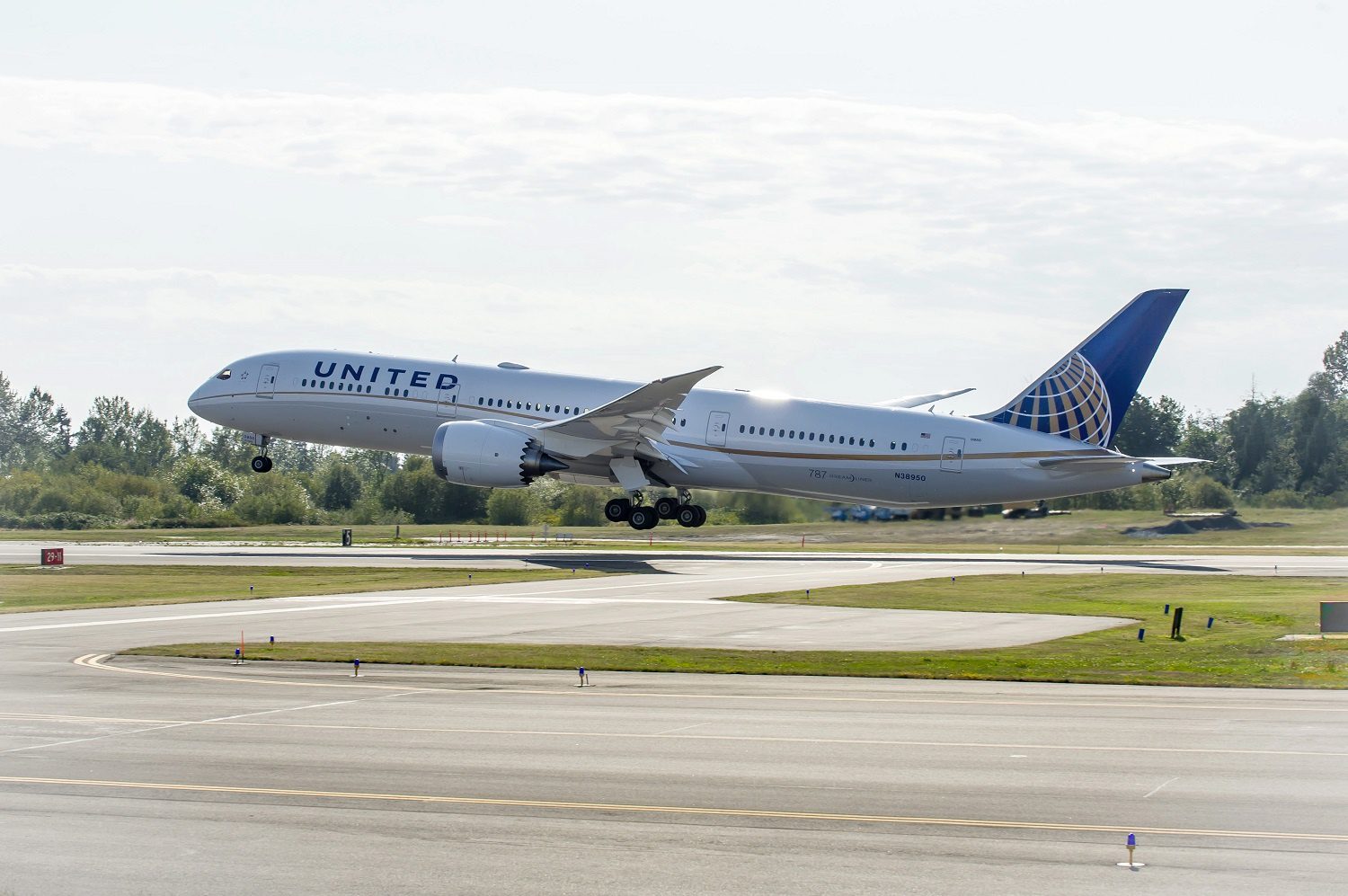
origin 1
UPDATE – Thanks to a recovery that has exceeded the original expectations, United Airlines has fared better in the second quarter than it thought it would. On July 20, the carrier reported a Q2 net loss of $434 million compared to $1.627 billion last year. The recovery of domestic traffic but especially that of international long haul and business travel make United buoyant about a return to profitability in Q3 and Q4. United optimistic about HY2 despite HY1-loss.
The operating loss for Q2 was $270 million compared to $-1.637 billion in 2020. Total revenues increased to $5.471 billion versus $1.475 billion last year. Passenger revenues were 541.1 percent better at $4.366 billion, while cargo revenues were up 50.7 percent to a record-high $606 million. Capacity during the quarter was down by 46 percent compared to 2019 levels.
Looking at the first six months, United reports a $1.791 billion net loss compared to $3.331 billion last year. The operating loss was $1.651 billion ($2.609 billion) on total revenues of $8.692 billion ($9.454 billion). Over the first half-year, United’s performance was far worse than that of Delta Airlines, which reported a $525 million net loss last week on $11.276 billion in revenues. And whereas United continued to be loss-making in Q2, Delta was profitable with a net profit of $652 million.
“We are coming out of the tunnel”
Despite the HY1-loss, United is optimistic about HY2. While fuel costs are higher, the carrier expects to produce a positive pre-tax income from July and the rest of Q3, which would be the first positive quarter since Q4 2019. The trend is expected to continue in Q4 as “we are coming out of the tunnel”, as CEO Scott Kirby said. Sixty percent of revenues in Q3 is on the books.
Capacity for the current third quarter will be down by some 26 percent to 2019 levels, which is 39 percent better than in Q2. International capacity will be down by 36 percent compared to 2019.
Higher capacity needs will push costs up by 17 percent, but costs per available seat mile (CASM) are expected to come down from next year to -8 percent in 2024 compared to 2019 levels.
The carrier launched 39 domestic and five international – mostly leisure – routes in the past quarter and has announced another seven domestic routes and three international for later this year, including Croatia, Greece, and Iceland. Asia is recovering the slowest of all regions and could take until 2023 before it is back at 2019 levels.
United expects to have thirty additional wide-bodies (767s and 777s) available for the summer of 2022 as it sees the dynamics of international traffic change. These aircraft will have brand-new interiors and are technically fit to continue flying for another thirty years. Despite a record quarter on cargo, United will reduce its cargo-only services as the aircraft are needed for passenger services. The outlook for cargo in the second half of the year remains strong.
Liquidity stands at $23 billion
United Airlines has ended June with $23 billion in liquidity. A private offering of bonds produced $4 billion, while it secured a $5 billion loan, and has access to a $1.75 billion revolving credit facility. Free cash flow is a positive $895 million from a negative $2.671 billion last year. In the first six months, United received $5.8 billion in payroll support under the CARES act, including $1.7 billion as an unsecured loan. During the period, some 4.500 employees have voluntarily left the company, costing $428 million in severance and benefit costs.
The airline, which recently ordered another 200 Boeing MAX and seventy Airbus A321neo’s as part of its new strategy United Next, took an impairment of $59 million on the retirement of 64 Embraer 145LRs plus engines and spares. A $130 million charge was made on United’s routes to China as they were suspended due to the Covid-restrictions. It reported losses of $284 million on the value of its share in Azul Airlines and $24 million in Avianca Holdings.
Views: 0



